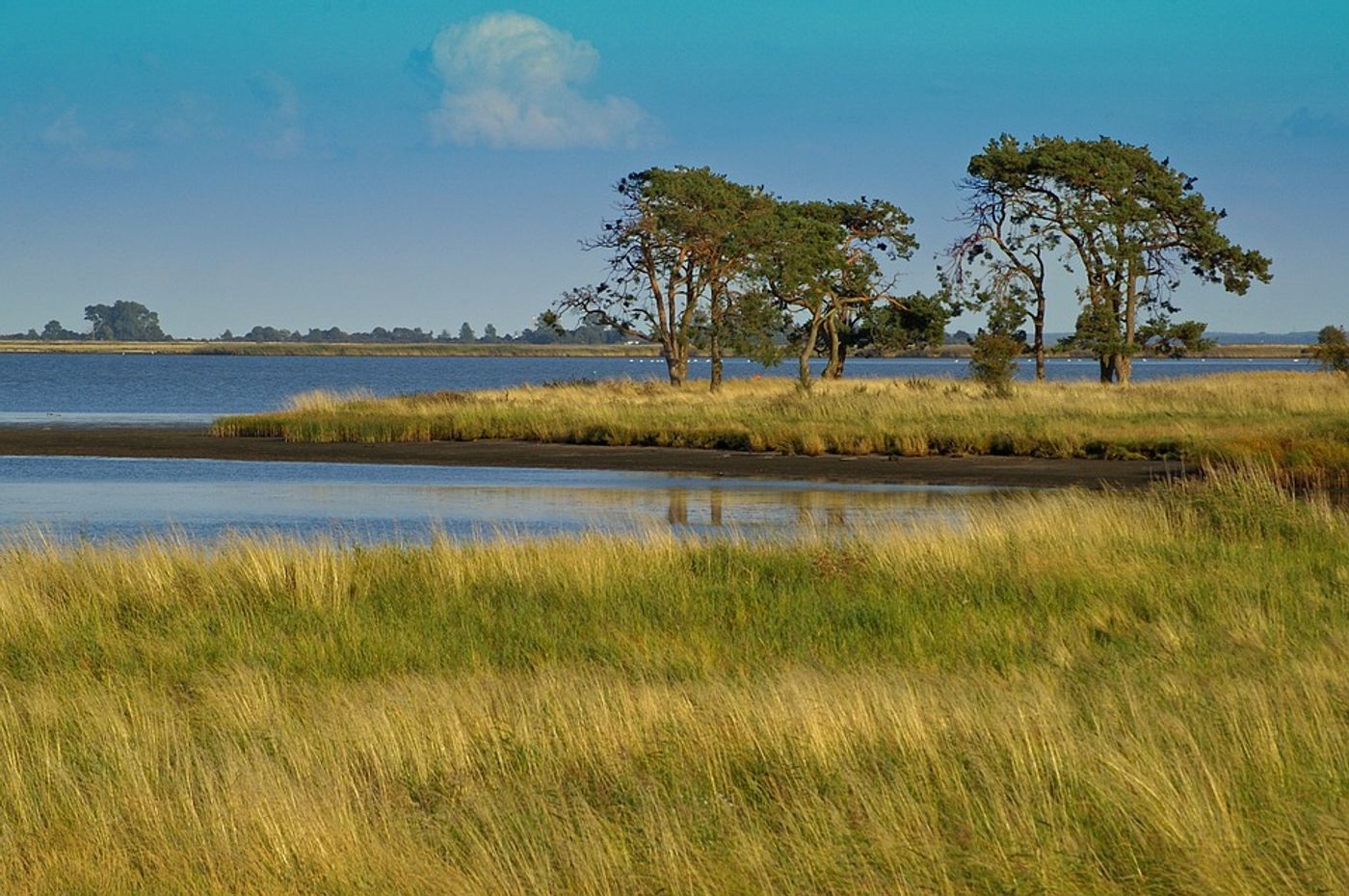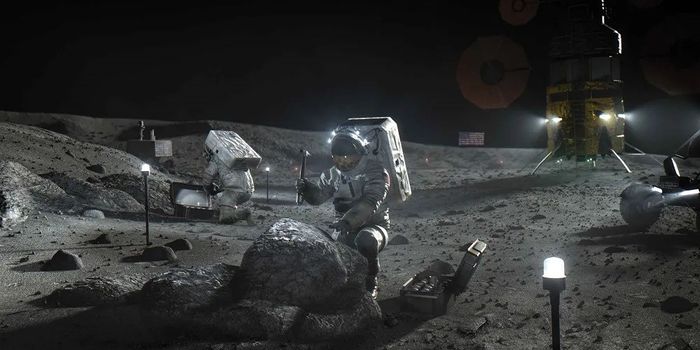90% of protected wild areas are fragmented
Are protected areas even helpful is they’re so disjointed that wildlife can’t move between them? That’s the question that a new study from The University of Queensland's School of Earth and Environmental Sciences aimed to consider. The study’s findings, reported in the journal Nature Communications, suggests that over 90% of protected wild areas are disconnected, resulting in grave implications for the species that live in them.
Lead author Michelle Ward commented, "Protected areas are vital for the protection and survival of plants, animals and ecosystems. When intact, healthy habitat connects these protected areas, species can migrate, escape danger such as fires, and track their preferred microclimates under rapid climate change.” But that’s not the reality of the situation we’re living, according to the study’s findings.
"Our research shows 40% of the terrestrial planet is intact, but only 9.7% of Earth's terrestrial protected network can be considered structurally connected. This means more than 90% of protected areas are isolated, in a sea of human activities.”
The disconnectedness stems from a range of different anthropogenic activities, including land clearing for agriculture, mining and urbanization. Despite international agreements that the global protected area network must cover 17% of land and maintain connection amongst disperse protected areas, the study found that an average of only 11% of each country and territory's protected area estate can be categorized as connected.
Additionally, a select few – very few – countries are actually upholding the aforementioned agreements. The researchers report that only nine countries and territories have greater than 17% of their land protected and maintain greater than 50% connectivity.
This news is undeniably dim, admit the researchers. Nevertheless, Ward says: “On a positive note, our study provides a common framework - previously absent - for countries and territories to assess the connectivity performance of their existing and future protected areas, with access to information and metrics.”
In general, this research calls attention to the need for improved wide-scale habitat protection and restoration. "Protected areas increasingly are becoming the only tool conservationists talk about, but most nature lives beyond the protected area boundary," Professor James Watson from the University of Queensland the Wildlife Conservation Society "We need national and global conservation goals that address whole-of-landscape conservation and targets that halt the destruction of habitat between protected areas. Most of nature has no chance if it's to survive in just 20% of the world. We hope this study provides essential information for conservation and development planning, helping guide future national and global conservation agendas."
Sources: Nature Communications, Eureka Alert









